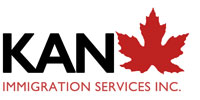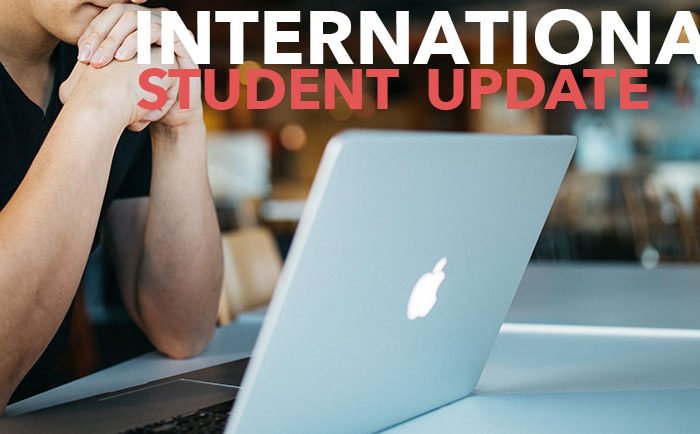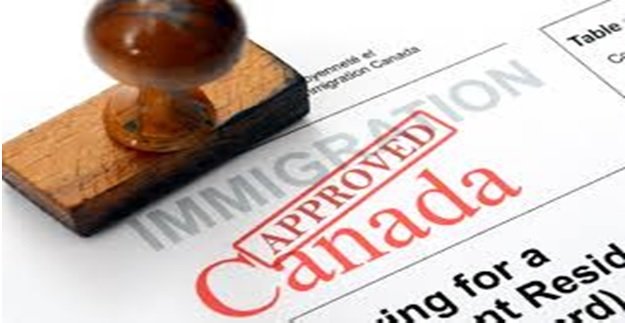General Alberta Express Entry Stream:
The government may request applications from candidates with strong ties to Alberta or who can contribute to its economic development and diversification priorities. The program may also be open to international graduates from Canadian post-secondary institutions.
Accelerated Tech Pathway:
If a candidate is currently employed by one of the Alberta-based tech industry employers in a qualifying tech occupation or has a job offer from one, they may be eligible for expedited processing under the Alberta Express Entry Stream.
Alberta Advantage Immigration Program – Accelerated Tech Pathway NOC Codes:
0013 Senior managers – financial, communications and other business services 0112 Human resources managers
0131 Telecommunication carriers manager 0211 Engineering managers
0212 Architecture and science managers
0213 Computer and information systems managers
0512 Managers – publishing, motion pictures, broadcasting and performing arts 0601 Corporate sales managers
1123 Professional occupations in advertising, marketing and public relations 1121 Human resources professionals
1223 Human resources and recruitment officers 2131 Civil engineers
2132 Mechanical engineers
2133 Electrical and electronics engineers
2147 Computer engineers (except software engineers and designers) 2161 Mathematicians, statisticians and actuaries
2171 Information systems analysts and consultants 2172 Database analysts and data administrators 2173 Software engineers and designers
2174 Computer programmers and interactive media developers 2175 Web designers and developers
2221 Biological technologists and technicians
2232 Mechanical engineering technologists and technicians
2233 Industrial engineering and manufacturing technologists and technicians
2241 Electrical and electronics engineering technologists and technicians 2253 Drafting technologists and technicians
2281 Computer network technicians 2282 User support technicians
2283 Information systems testing technicians 3211 Medical laboratory technologists
3212 Medical laboratory technicians and pathologists’ assistants
3219 Other medical technologists and technicians (except dental health)
4163 Business development officers and marketing researchers and consultants 5131 Producers, directors, choreographers and related occupations
5241 Graphic designers and illustrators
7241 Electricians (except industrial and power system) 7242 Industrial electricians
7246 Telecommunications installation and repair workers
Application Steps Overview:
The Alberta Express Entry Stream has 3 steps:
1. Candidates must have an Express Entry profile with the Government of Canada to be considered under this stream.
- In order to apply for the Accelerated Tech Pathway, candidates must send information about their Express Entry profile as well as their Alberta employment or job offer with a tech employer in Alberta to the Alberta Advantage Immigration Program (AAIP) using an online form.
- Other Express Entry candidates must receive a Notification of Interest (NOI) letter from AAIP in their Express Entry profile. Candidates must email a copy of the NOI letter to AAIP and state they are interested in applying.
2. Candidates who meet the minimum eligibility criteria for applying will receive an email from AAIP inviting them to apply.
3. The candidate must meet assessment criteria and submit a completed application. Completed applications will be considered for processing from a pool of eligible applications.
Read about the exact eligibility requirements , application process and post-nomination procedures. Please feel free to reach our office at 519-954-1526 or support@easycanadavisa.com for guidance on this new and exciting process.
Note:
- Candidates cannot apply directly to the Alberta Express Entry Stream.
- Candidates must be invited to submit an application. The AAIP invites candidates who demonstrate they meet minimum eligibility criteria. See the steps outlined above.
- You cannot use a nomination under a different AAIP stream to apply under the Alberta Express Entry Stream or the federal Express Entry system.
- If the AAIP discovers fraud or misrepresentation in an application, a candidate may be banned for up to 5 years from reapplying to the AAIP.
- Alberta Express Entry Stream nominees cannot extend their nomination.













